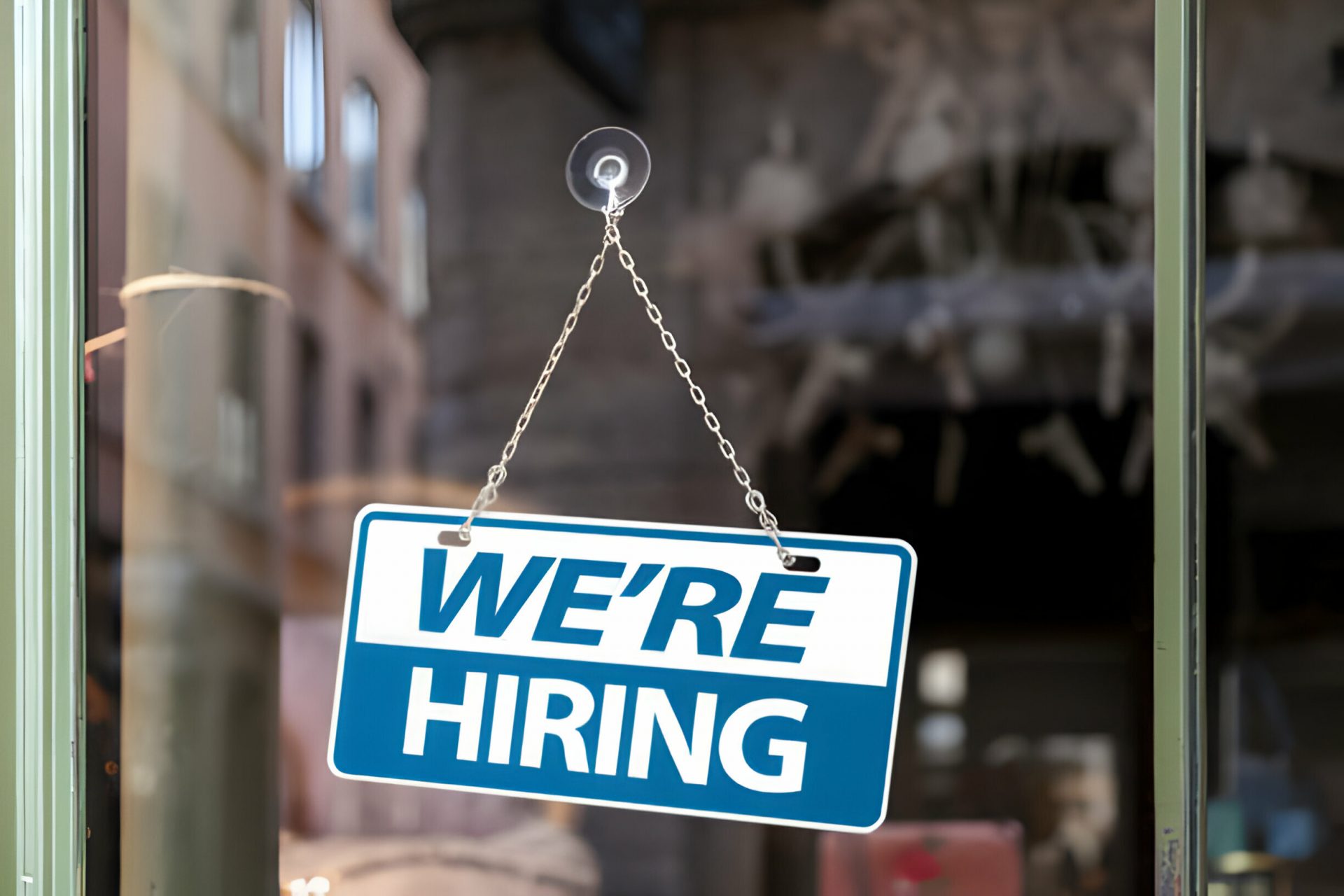By Kathryn Edwards, Bloomberg Opinion (TNS)
Most wealthy countries provide workers with paid time off when they become parents, fall ill or need to care for loved ones. It’s one of the great no-brainers of public policy: It benefits newborns, families and the entire economy.
The U.S. is a glaring exception. It could reap enormous gains by creating a national paid family leave program. Sadly, its best chance to do so probably won’t come until 2035.
Commonly associated with maternity, paid leave does much more: It allows anyone with an acute health issue—either their own or a family member’s—to take the time they need without losing income or their job. Mothers who have it are healthier, work more and earn more. Their families are less likely to experience food insecurity or poverty. Their children are better off, from infancy through at least elementary school. Businesses report improved productivity, performance, turnover and morale. The effects on public health and labor-force attachment make the whole country more prosperous.
In the U.S., however, only a minority of states offers paid leave. Benefits vary widely, aggravating inequality. And any state-financed program will constantly be at risk, given state legislatures’ race-to-the-bottom competition to attract businesses with lower taxes.
The best solution would be a federal program administered along with Social Security. Workers, employers or both would contribute payroll taxes to a trust fund, and workers taking leave would receive benefits based on past earnings. Administrative costs would be very low, and universal coverage would spread protection and risk across the largest possible pool of workers (including independent contractors).
Such an expansion of Social Security’s portfolio wouldn’t be unprecedented. The program has been similarly augmented in 1939, to add benefits for the children and spouses of deceased workers; in 1956, to create a program for workers who became disabled; and in 1965, to create a health insurance program for the elderly, Medicare.
Problem is, Social Security is facing its own crisis. Its trust fund, the surplus saved up to cover the retirement of the baby boom generation, is set to run out in 2035. After that, benefits will have to be paid out of current income, entailing an estimated uniform cut of 20% for more than 70 million recipients—and probably triggering an immediate recession, along with skyrocketing elderly poverty.
Averting that horrible outcome will be a politically fraught task, requiring Congress to agree on a combination of tax increases and benefit reforms to ensure Social Security’s longer-term viability. Legislators probably won’t touch the program until they absolutely must, which means that any significant change—including paid family leave—will have to wait until 2035.
The longer Congress kicks the can on Social Security, the longer a program that could immensely benefit millions of Americans will get kicked along with it.
ABOUT THE AUTHOR
Kathryn Anne Edwards is a labor economist and independent policy consultant.
____
©2023 Bloomberg L.P. Visit bloomberg.com/opinion. Distributed by Tribune Content Agency LLC.
Thanks for reading CPA Practice Advisor!
Subscribe Already registered? Log In
Need more information? Read the FAQs
Tags: Benefits, Firm Management, Human Resources, Payroll




